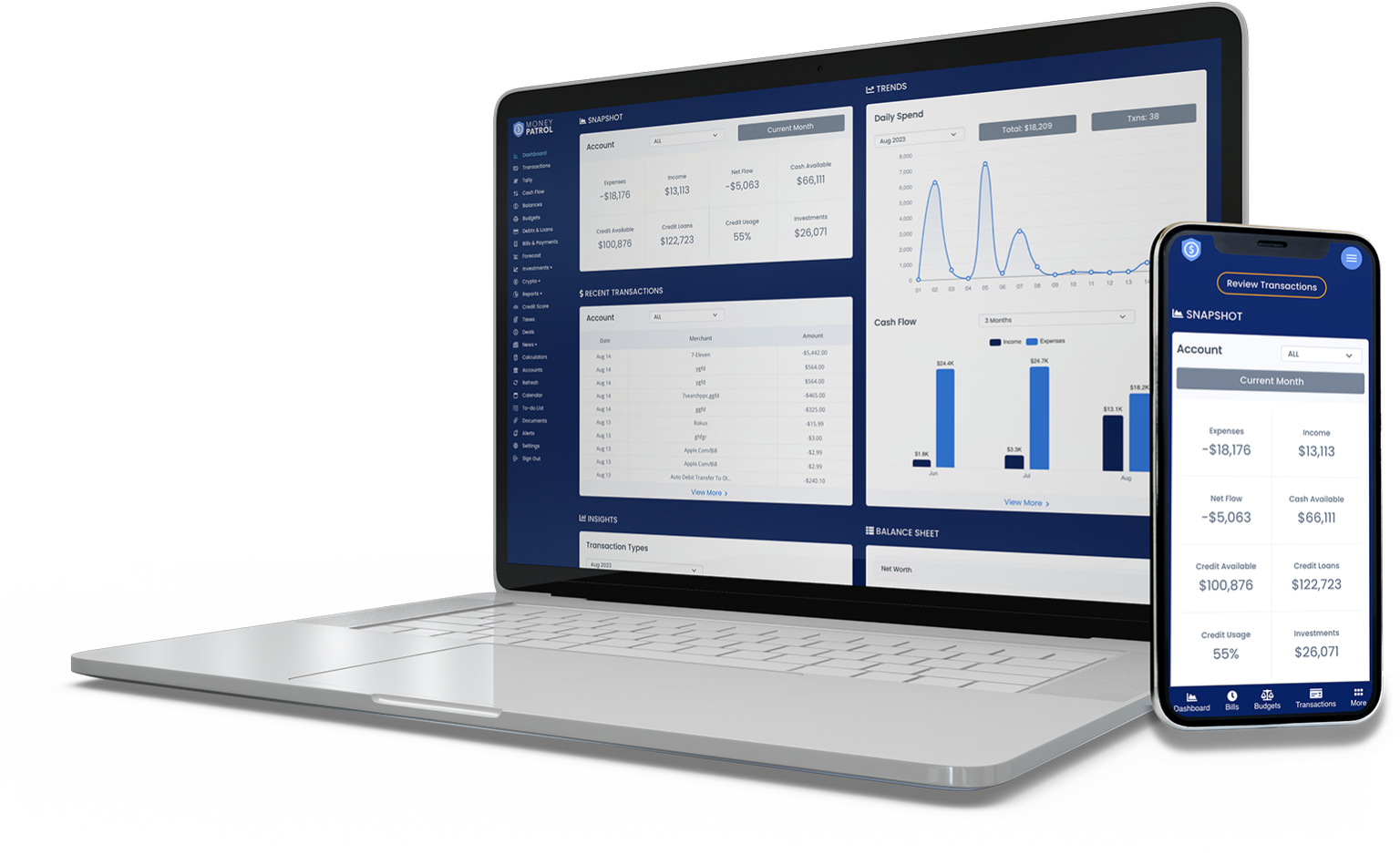Apple Inc. creates, manufactures, and sells smartphones, personal computers, tablets, wearables, and accessories worldwide. In addition, the firm provides:
- iPhone, a smartphone line.
- Mac a unique computer line.
- iPad, a multi-purpose tablet line.
- AirPods Max, an over-ear wireless headphone.
And wearables, home, and accessories, including AirPods, Apple TV, Apple Watch, Beats goods, HomePod, and iPod touch. It also provides a variety of connected services.
Apple, Inc. creates, manufactures, and sells smartphones, personal computers, tablets, wearables, accessories, and several connected services. It operates in the following geographic areas: The Americas, Europe, Greater China, Japan, and the Rest of Asia Pacific are all represented. North and South America are included in the Americas category. The Europe section includes European nations and India, Africa and the Middle East, China, Hong Kong, and Taiwan compose the Greater China sector.
Steven Paul Jobs, Ronald Gerald Wayne, and Stephen G. Wozniak formed the firm on April 1, 1976. It is located in Cupertino, California. iPhone, Mac, iPad, AirPods, Apple TV, Apple Watch, Beats devices, Apple Care, iCloud, digital content shops, streaming, and licencing services are among its goods and services. Australia and Asian nations are included in the Rest of the Asia Pacific section.
Table of Content:
1. What is the History of Apple?
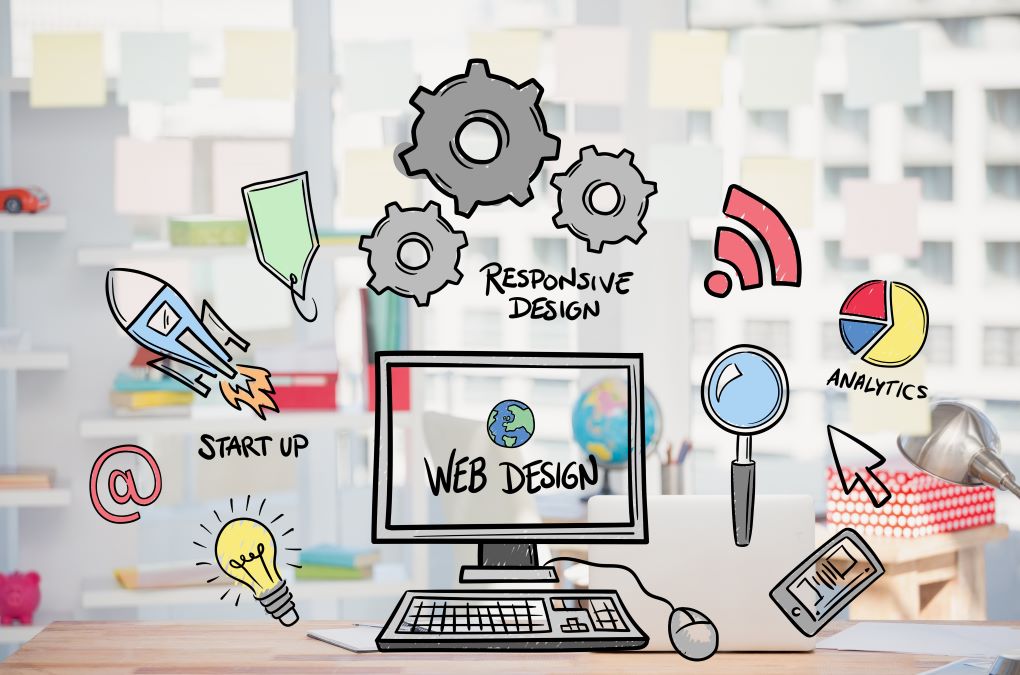
The company was jointly founded by Steve Jobs, Ronald Wayne, and Steve Wozniak in 1976 as a small project but went public in 1980 after hitting massive sales. The company continued to fetch more and more customers over the years. Innovative features of apple customers, such as their inventive GUIs, caught everyone’s attention.
But things didn’t seem to work out well between the co-founders, which led Steve Wozniak to leave Apple and start his own company called “NeXT”.
In the 90s, Apple’s operating system lost a sizeable market share to Microsoft’s Windows, which was relatively cheaper. As a result, Gil Amelio was appointed its CEO to revive it again. Amelio did significant organizational changes and product reforms to bring the company on the success track again.
In 1997, Amelio bought NeXT and brought the lost employees back under Apple’s roof and Steve Jobs.
Steve Jobs took over as the Company’s CEO in the later months of 1997. He launched several successful campaigns, which eventually made it a brand that is now known all over the world. Jobs quit as the Company’s CEO in 2011 and passed away a few months later. He was then succeeded by Tim Cook, present CEO of Apple.
2. Which Products are Produced by Apple?

Steve Jobs, Steve Wozniak, and Ronald Wayne founded Apple Computer Inc. on April 1, 1976. The Apple I was released in July 1976 for USD 666.66. Apple was based on January 3, 1977, without Wayne, who had sold his stake in the firm.
On April 16, 1977, the Apple II was unveiled at the first West Coast Computer Faire. It was chosen as the desktop platform for the groundbreaking spreadsheet software VisiCalc. In early versions, cassette tapes were utilized as storage mediums but were quickly replaced by floppy discs. Its colour graphics and open architecture distinguished it from its main competitors, the TRS-80 and the Commodore PET.
Early models used cassette tapes as storage media. Still, they were quickly surpassed by the launch of the Disk II, a 5 1/4 inch floppy disc drive and interface.
Steve Jobs began working on the Apple Lisa in 1978 but was driven out due to infighting and took over Jef Raskin’s low-cost computer project, the Macintosh. Between Lisa’s “business shirts” and Jobs’ “pirates,” a turf war erupted over which product would ship first and establish Apple’s image.
- Lisa was the first personal computer released to the general public with a graphical user interface (GUI).
- It made its premiere with a renowned $1.5 million television advertisement, “1984”, which ran during the third quarter of Super Bowl XVIII.
- Still, it was a commercial failure due to its high price and few programme titles.
The Mac was mighty due to its better graphics capabilities, essential to creating the user-friendly Macintosh GUI.
Apple introduced the LaserWriter, the first low-cost PostScript laser printer, and PageMaker, an early desktop publishing suite, in 1985.
Apple Computer was created in 1976, with the release of the first Apple I computer and the debut of the Apple 1. On September 7, 1984, the company’s first public offering raised more money than any other IPO since Ford Motor Company in 1956.
Apple’s steady development in the 1980s was partly due to its leadership in the education sector, which may be credited to its adaption of the programming language LOGO. A power conflict erupted between Jobs and his hand-picked CEO, John Sculley, in 1985, and Jobs was relieved of his managerial duties. The following year, Jobs quit Apple and formed NeXT Inc.
Apple Computer debuted the Macintosh Portable in September 1989, with a black and white active-matrix LCD screen in a hinged cover that covered the keyboard. Most reviews praised it, but it did not sell well due to several flaws, notably its weight and short battery life.
After learning multiple difficult experiences, Apple released the PowerBook in 1991, establishing the laptop computer’s contemporary shape and ergonomic layout.
System 7, a major operating system upgrade, provided colour to the UI and additional networking features.
Following the triumph of the LC, Apple launched the Centris series, a low-end Quadra offering, and the doomed Performa line. Consumers were unable to distinguish different models, resulting in a reduction in sales.
Apple’s market share and stock prices have both continued to fall. During this period, Apple tried and failed with additional consumer devices like digital cameras, portable CD audio players, speakers, video consoles, and television appliances.
To transition Apple II customers to the Macintosh platform, Apple produced the Macintosh LC in 1990 with a single expansion slot for the Apple IIe Card. Apple discontinued sales of the Apple in 1993.
Apple Computers’ CEO, John Sculley, was replaced by Michael Spindler. The business had a string of product failures and missed deadlines. Instead of responding to Windows’ challenge, Apple filed a lawsuit accusing Microsoft of utilizing a graphical user interface comparable to the Apple Lisa. The matter went on for years before it was finally resolved.
On August 15, 1998, Apple unveiled the iMac, a revolutionary all-in-one computer reminiscent of the Macintosh 128K. It sold over 800,000 copies in its first five months, bringing Apple back into the black for the first time since 1993.
During this time, Apple acquired numerous startups to build a portfolio of digital production software. Jonathan Ive, who subsequently created the iPod and iPhone, headed the iMac design team.
Apple released the iPod portable digital audio player in 2001. The product’s success was extraordinary, with over 100 million copies sold in the first six years. Apple’s iTunes Store debuted in 2003, offering online music downloads for $0.99 a song and iPod integration.
Since 2001, Apple’s design team has gradually abandoned the usage of translucent coloured polymers, which were initially utilized in the iMac G3.
On June 6, 2005, Steve Jobs said that Apple would begin producing Intel-based Mac computers in 2006. The new MacBook Pro and iMac were the first Apple laptops to use Intel’s Core Duo CPU on January 10, 2006. Apple has converted the whole Mac product line to Intel CPUs by August 7, 2006, more than a year early than promised. The scope Mac, iBook, and PowerBook brands were phased out during the changeover. Their corresponding successors were the Mac Pro, MacBook, and Macbook Pro.
Apple also released Boot Camp software, allowing customers to install Windows XP or Windows Vista alongside Mac OS X on Intel Macs. Apple’s success was reflected in its stock price throughout this period. Apple’s stock price more than tenfold rose from early 2003 and 2006. Apple’s market capitalization overtook Dell’s in January 2006.
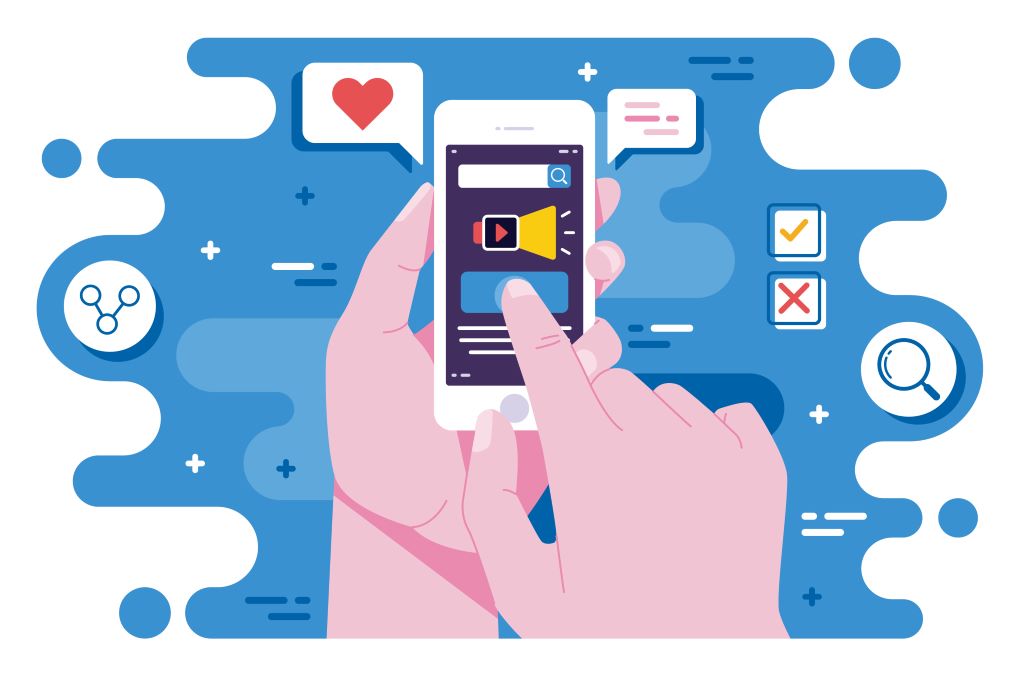
On January 27, 2010, Apple launched the iPad, a large-screen tablet-like media device. The iPad sold over 300,000 devices on its first day and 500,000 by the end of the first week.
On February 7, 2007, Apple announced that music would be sold without DRM on the iTunes Store. By April 2009, one billion App Store programmes, many of which were free, had been downloaded.
Tim Cook, Apple’s chief operating officer, took over Jobs’ day-to-day operations. In June 2010, Apple debuted the iPhone 4, which had video calling, multitasking, and a new uninsulated stainless steel design that served as the phone’s antenna. Jobs indicated in an internal Apple message in January 2011 that he would be taking another medical leave of absence for an undetermined amount of time.
On October 5, 2011, Apple announced the death of Steve Jobs, signalling the end of an era for the company. On January 19, 2012, Apple made its first big product announcement after Jobs’ death when Phil Schiller launched iBooks textbooks for iOS and iBook Author for Mac OS X.
Apple also introduced a third-generation 13-inch MacBook Pro with Retina display and a new iMac and Mac Mini models.
Apple debuted the iPhone 4S and iPhone 5 in 2011 and the third and fourth generation iPads and the iPad Mini in 2012. These releases were a success, with the iPhone 5 (launched September 21, 2012) becoming Apple’s most successful iPhone launch, with over 2 million pre-orders. Apple also introduced the third-generation 13-inch MacBook Pro with Retina display and the iMac and Mac Mini PCs.
3. Conclusion

Apple is dedicated to providing its consumers with the most significant possible user experience via new hardware, software, and services. The company’s business strategy harnesses its unique ability to design and create its operating systems, hardware, application software, and services to deliver innovative design, greater ease of use, and seamless integration to its clients.
As part of its strategy, the company is expanding its platform to discover and distribute digital content and applications via its Internet Services. Enabling customers to explore and download digital material.
Apple Inc. creates, manufactures, and distributes mobile and media devices, personal computers, portable digital music players, and related software and services.
The company serves consumers, small and medium-sized enterprises, educational institutions, enterprises, and government customers.
Apple distributes its goods globally through retail shops, online stores, a direct sales force, and third-party merchants.
Selling premium things at premium prices should accompany a high-quality purchasing experience. As a result, its strategy involves developing and growing its own retail and online stores and its third-party distribution network to reach more consumers successfully. And offer them high-quality sales and post-sales assistance.
free budgeting app best free budgeting app budgeting app best free budgeting apps budgeting app free money management app manage money app family budget app personal finance tracker track personal finances budgeting app for couples
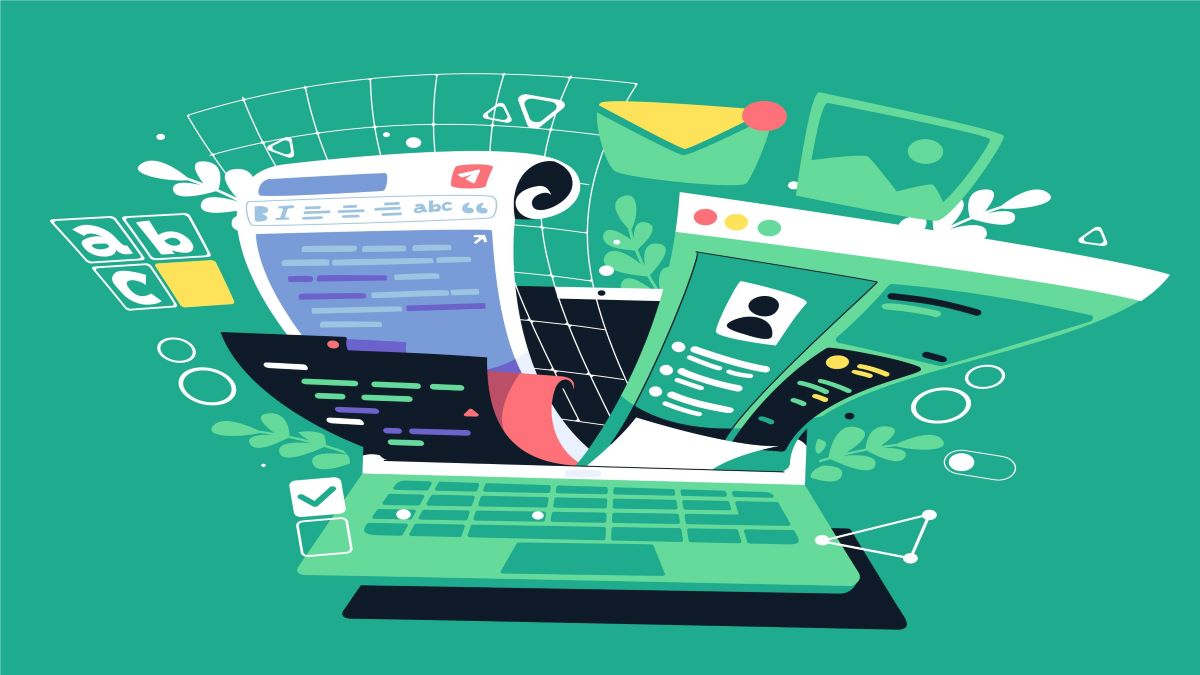
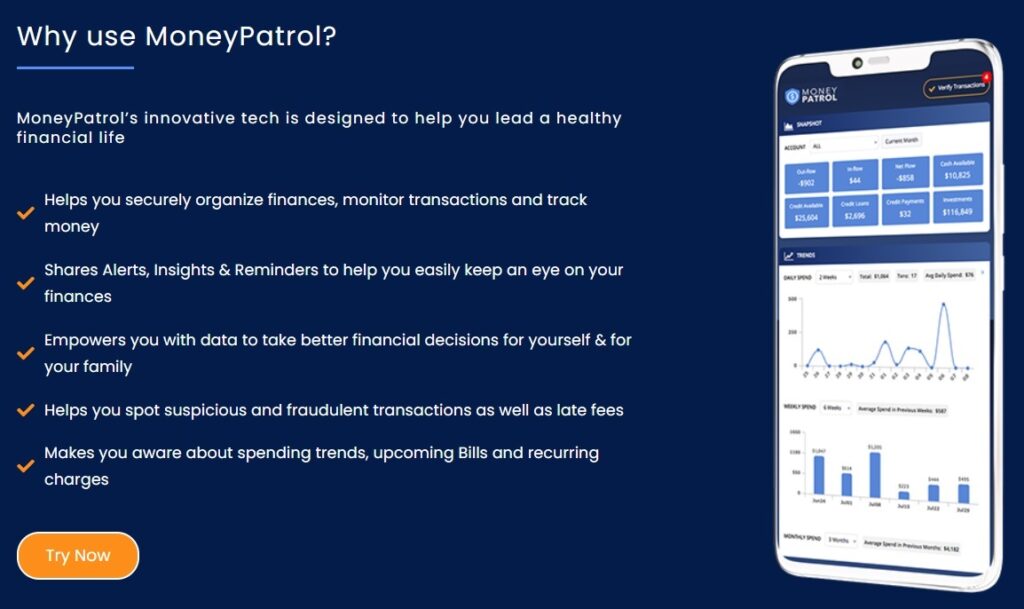


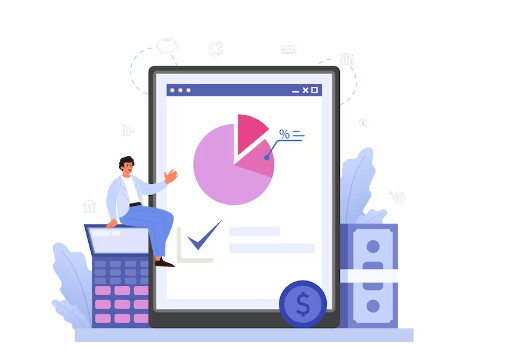
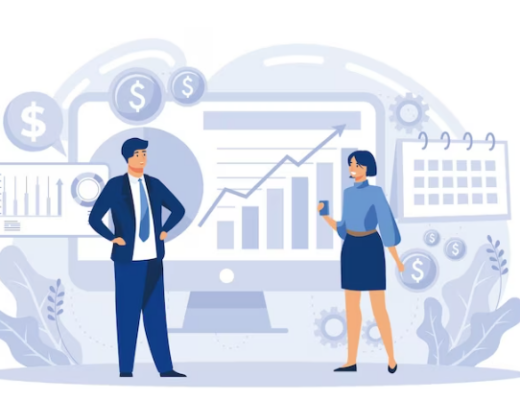
 Our users have reported an average of $5K+ positive impact on their personal finances
Our users have reported an average of $5K+ positive impact on their personal finances
